Pests and diseases
Japanese spirea is quite resistant to disease, which is one of its advantages. Still, there are certain threats. Danger can be represented by such ailments as:
- Gray mold, showing an unaesthetic bloom. Most often, this fungal infection is a consequence of excess moisture and is activated in damp weather. Treatment is carried out with fungicidal preparations; - Spotting is also a fungus, which is fought with the help of "Fundazole" or Bordeaux mixture.
The most dangerous pests for the culture are the rose leaflet, which literally gnaws at greens, aphids that suck juice from young shoots, and a spider mite, which forms holes in the inflorescences and damages the foliage. In the fight against pests, it is necessary to provide the plant with high-quality care: loosening the soil, moisture, timely feeding. To get rid of aphids and leaflets will help the drug "Pirimor", which gives an almost 100% result, and the mite is eliminated with the help of "Karbofos" or "Akreksa".
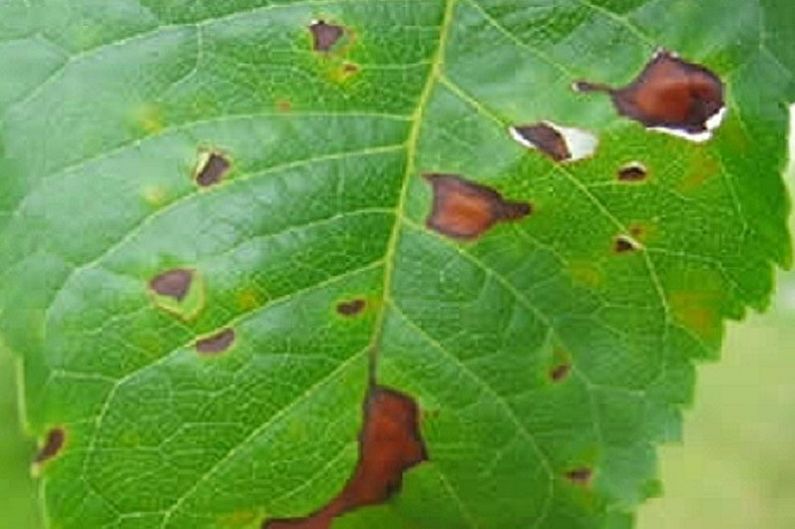
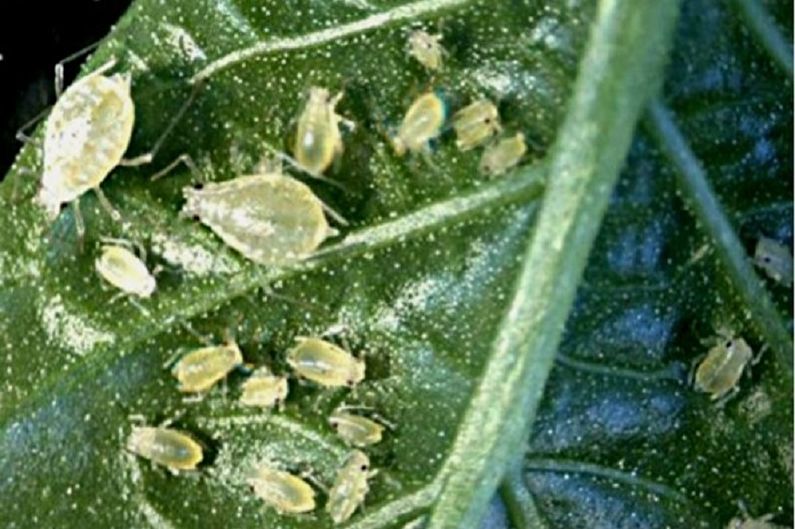
Proper care of Japanese spirea
Caring for Japanese spirea is not difficult - it is unpretentious and hardy, it takes root well in various climatic conditions. What she really needs is trimming, in the process of which she takes on a beautiful shape. The bush looks great in the form of a ball, pyramid, triangle and other shapes at the discretion of the owner of the site and the general concept of landscape design. In order to achieve especially beautiful lush flowering and crop growth, it is necessary to adhere to some recommendations.
Lighting
The culture is quite light-requiring, and the best place to plant it is on the sunny side. Being in the shade, it will also feel good, but the flowering will lose its abundance at the same time. To show off lush growth and abundant flowering, the plant should be 3-4 hours a day in direct sunlight.
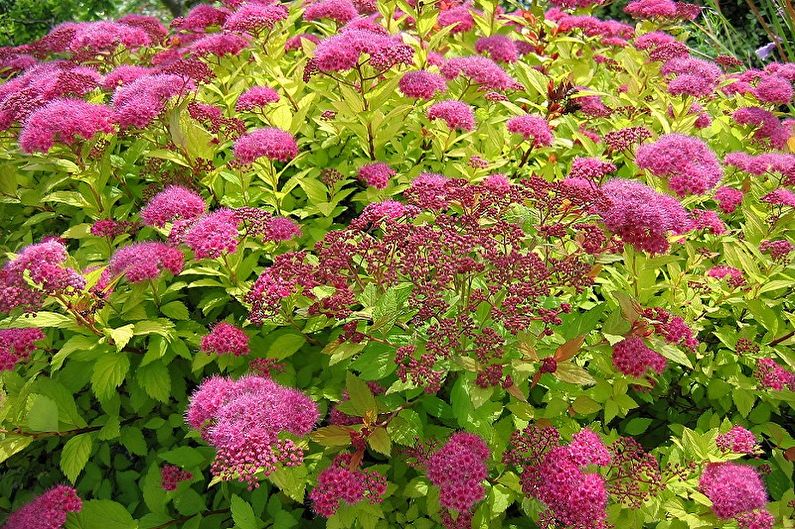

Temperature
Spirea grows in a wide temperature range. It perfectly withstands winter frosts and summer heat. Even if the bush freezes to the snow cover, lush shoots will quickly grow again in the spring.
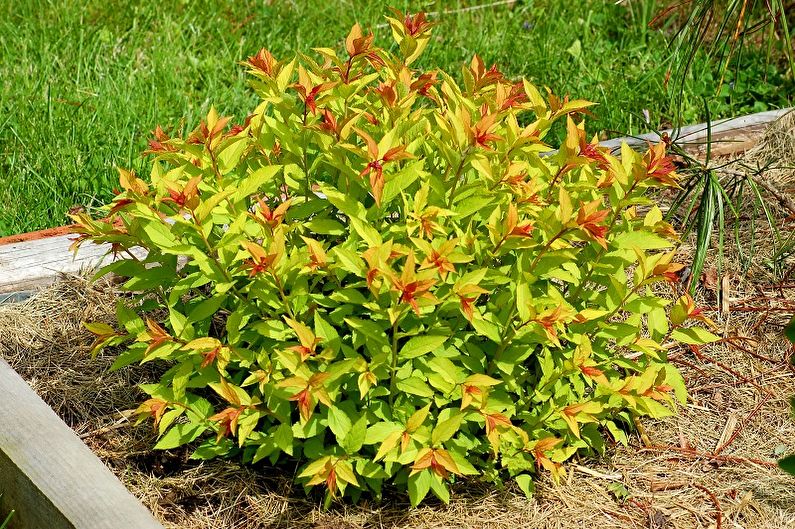
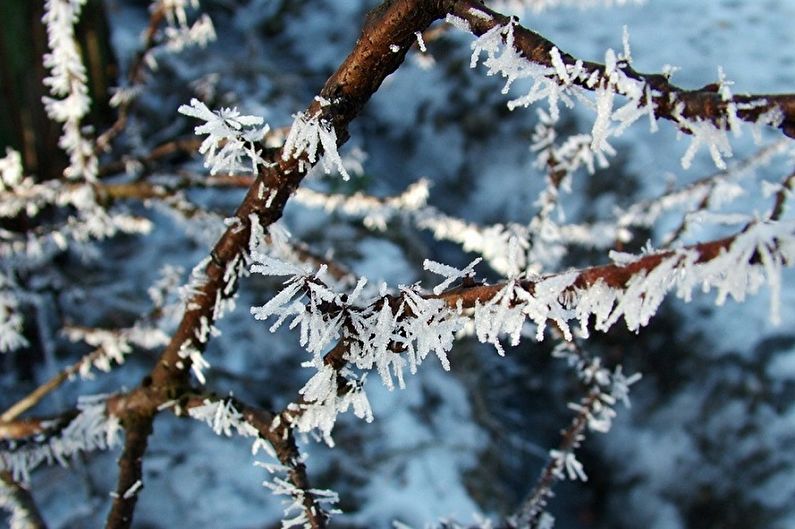
Humidity
Japanese spirea is a drought-resistant plant. In nature, it can easily endure the absence of rain for a long period of time. The same owners who want to achieve the exceptional beauty of their ward should provide additional soil moisture in dry weather. Mulching the soil around the shrub helps a lot, allowing you to retain moisture for a long period of time.
Does not scare culture and waterlogging. Often, some varieties decorate the shores of artificial reservoirs in areas, creating an elegant shade net.

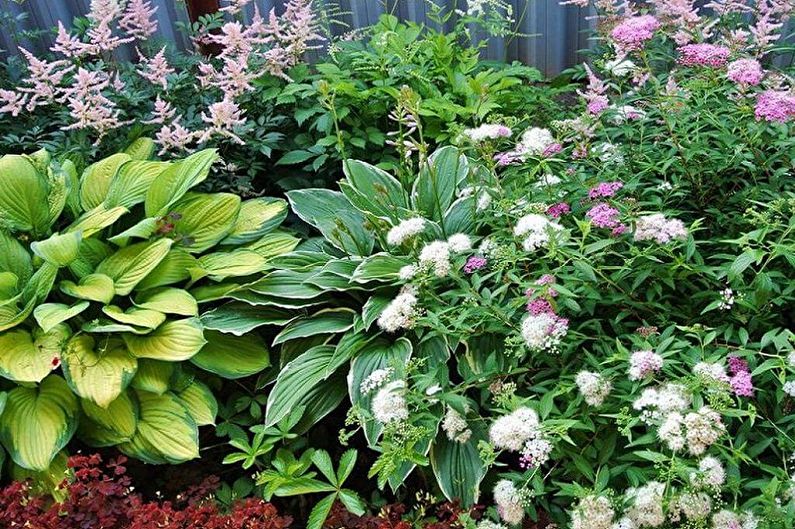
Watering
Although the culture is not among those that require a special irrigation system, there are still some recommendations to improve the conditions of its life. If the plant was planted in the spring, its root system is not yet strong enough, therefore, regular moistening of the soil is necessary. In the summer, flowering varieties need abundant watering - twice a week, each bush is entitled to at least 15 liters of water. Also, young plants planted by cuttings need special additional care - they are watered up to 4 times a day.
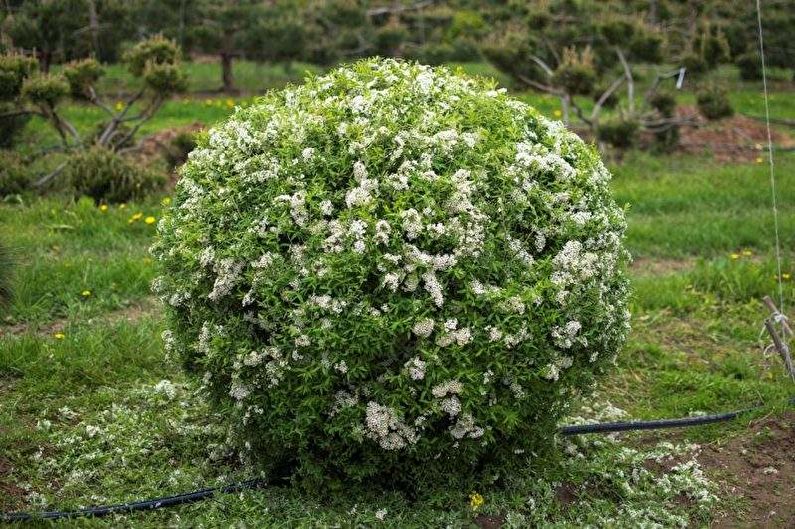
Fertilizers and feeding
It is recommended to annually embed mulch from crushed bark, peat or compost into the soil base of Japanese spirea. It is also necessary to additionally feed the culture with mineral and organic fertilizers, which are introduced alternately.
Organic ones are formed from poultry manure or manure. The component must be mixed with a small amount of water and let it brew for 10 days, then dilute the resulting concentrate with 10 liters of water.Such fertilizers are applied after pruning the bush. Before that, you need to loosen the soil well and water it abundantly. Only after a few hours a fertilizing infusion is added to the soil. A compact bush will take about half a bucket, and a large one - up to 3 buckets.
Mineral compositions are applied before the flowering of the bush. These complex mixtures must be introduced into the soil at the rate of 80–100 g per 1 m2. The area is calculated by the diameter of the crown of the shrub.
In the middle of summer, you can add additional superphosphate together with mullein solution at the rate of 10 g of superphosphate per 10 liters of infusion.
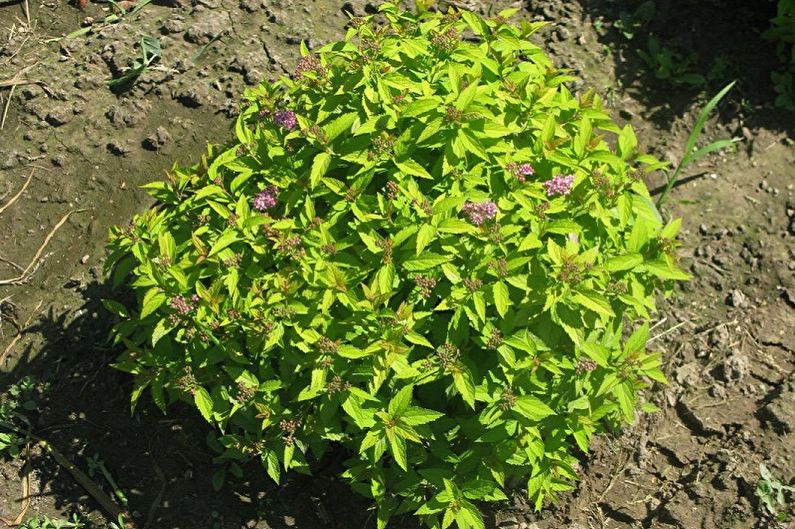
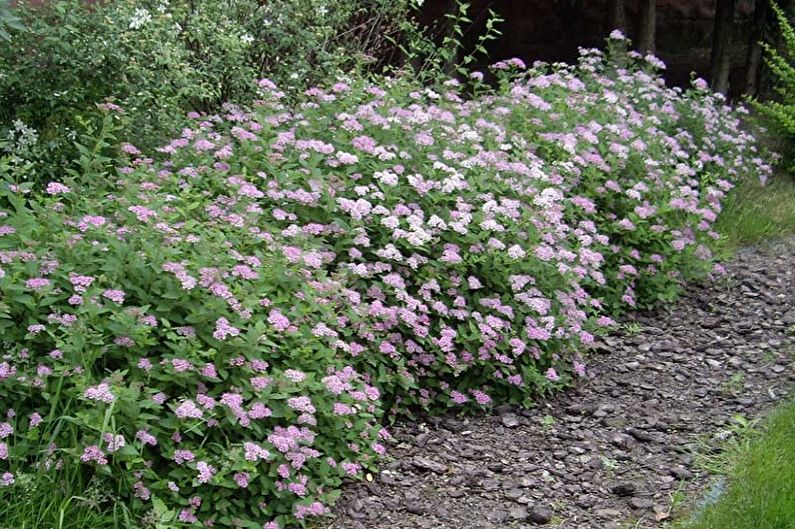
Features of the spirea bush
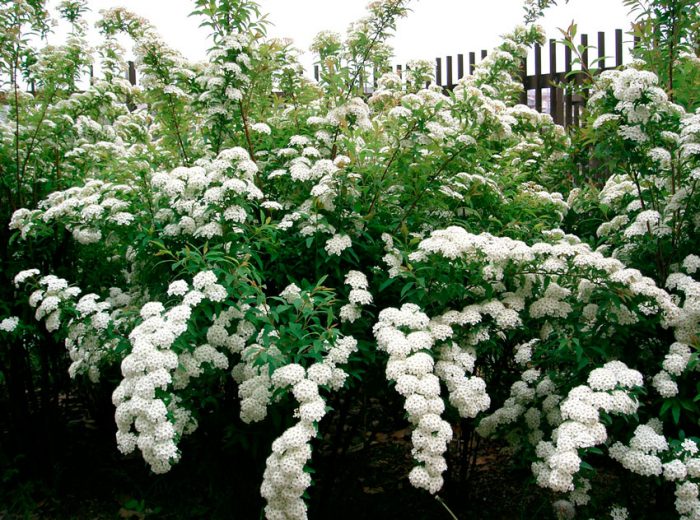
Spireas are found both quite tall (about 2.5 m) and miniature (about 15 centimeters). There is a fibrous, not very deep root system. Branches are both erect and creeping, lying or spread out. They can be dark to pale brown in color. The bark is capable of flaking longitudinally. Petiole alternately arranged leaf plates have from 3 to 5 lobes and are rounded or lanceolate. Spirea inflorescences consist of a large number of small flowers, and they can have a spike-like, corymbose, paniculate or pyramidal shape. Flowers can be painted in different color shades from crimson to snow-white. The location of the inflorescences directly depends on the species. So, there are species in which they are located throughout the stem, in others - only in the upper part, and in others - only at the ends of the branches. You can propagate meadowsweet by layering, seeds, dividing the bush or cuttings.
Such a plant is great for creating hedges, as well as for group plantings. At the same time, dwarf varieties are widely used for rocky gardens, rockeries, as well as for living "carpets". Also, the meadowsweet bush looks very impressive as a single plant.
Spirea
SIMILAR MATERIALS
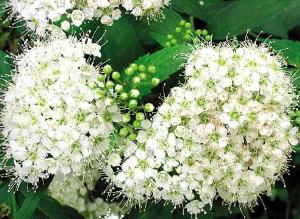
7
Spirea is an ornamental shrub from the Rosaceae family. Its distinctive feature is ...
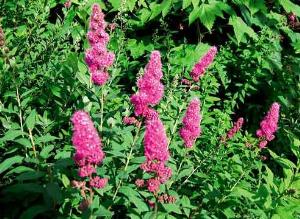
1
7
Most of the species and varieties of spirea - and there are about a hundred of them - are ideal for central Russia. ...
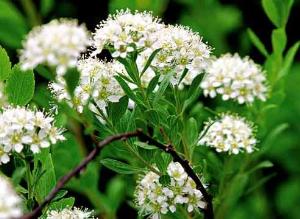
Without exception, all spireas are decorative throughout the year, and even in winter they look beautiful - ...
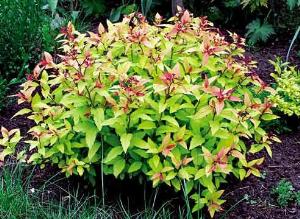
1
19
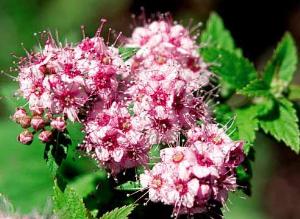
6
1
Cuttings are the most common way to reproduce spirea. They reproduce well by cuttings ...
5
1
It is easy and convenient to propagate spirea by seeds: from sowing, many plants are obtained at once, which are already on ...
1
Spirea will look good and grow safely if it is right and on time ...
2
8
Spirea will look good and grow safely if it is right and on time ...
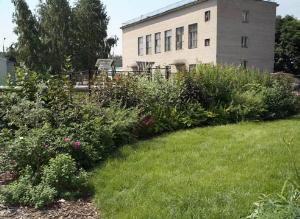
4
A hedge can be reasonably reliable to protect a site from intrusion. If you are chasing such ...

3
15
A hedge is much more beautiful than any fence, no matter what material you choose for it. If …

Hedges are built for more than one year, so they require special care. Widespread ...

2
5
What vines can be used to cover an openwork fence made of a chain-link netting or to plant a large span from spring to ...
1
If you love climbing plants, make a do-it-yourself trellis for them.
You can make a wooden fence from a picket fence yourself, using an ordinary jigsaw ...
1
What is the easiest and fastest fence to make?
2
7
Wicker from branches - can be not only functional, but also a stylish element of your garden. Height …
Summer flowering spireas and their varieties
In spring spirits, flower buds are formed on two-year-old shoots, and in summer spirits, on the shoots of the current season. Therefore, they are often cut off. Summer-flowering spireas are distinguished by inflorescences, as a rule, of different shades of red and pink. Here are the most famous species.
Spirea willow (Spiraea salicifolia)
It usually grows from 1 to 2.5 m. From the end of June, the upright shrub is covered with light pink inflorescences. Light foliage, similar in shape to willow, takes on a red tint in the fall.
Willow spirea is most often grown in hedges.
The most popular in gardens is the large-flowered form of willow spirea (f. Grandiflora) - with more lush light pink flowers.
White-flowered spirea (Spiraea albiflora)
It is named so because it is one of the few summer species with white flowers. It blooms for a long time from the second half of summer, exudes a pleasant aroma. The bush is usually low - 1-1.5 m.
Of the bred varieties, it is worth noting Macrophila. Its foliage changes color twice: young leaves are red, gradually they turn green, and in autumn they turn yellow.
Spirea white-flowered variety Macrofila is famous for its large leaves
Japanese spirea (Spiraea japonica)
This is the most common spirea. It has a small height (usually about 50 cm), blooms for one and a half to two months, starting in mid-summer. Looks good in curbs and group plantings.
Among the many varieties, one of the most spectacular is Shirobana. On one bush there are flowers of white, pink and red shades at the same time. Also good are the varieties Golden Princesses (distinguished by golden foliage), Gold Mound (leaves are also golden, but darker and with a pink tip).
Spirea Japanese varieties Shirobana, Golden Princesses and Gold Mound (from left to right)
Spirea Douglas (Spiraea douglasii)
Shrub up to 1.5 m high with straight, reddish-brown, pubescent shoots, oblong-lanceolate silvery-green leaves and dark pink flowers, collected in narrow pyramidal or paniculate inflorescences. The plant blooms from July to August for approximately 45 days.
Spirea Douglas is often used to strengthen slopes and slopes
Popular varieties
From Coleus Blum
- the variety "Wizard Jade" is distinguished by a white-green color, the main part of the leaf is milky white, gradually the color turns into a jade-emerald border;
- the variety "Wizard Vechernyaya Zarya" is a red-scarlet "foliage" with a gold rim along the edge;
- "Wizard Gold" surprises with yellow-golden color of leaves;
- Pinneaple Wizard has cherry-colored green leaves;
- "Wizard Scarlett" also known as "Wizard Velvet" (leaves are mostly cherry with a thin green-yellow rim).
In flower beds, you can increasingly find carpet varieties - "Yulke" (beautiful undersized shrubs with dark green velvety leaves and a golden border) and "Gero" ("carpet" of dark purple leaves).
Hybrid varieties
The hybrid varieties, which are resistant to diseases and unpretentious in care, also include "Dark Elf", "Morgan Le Fay", "Hot Embers", "Flamingo", "Hedwig".
Talking about unusual and popular varieties of Coleus, one should highlight "Henna". The leaves of plants of this variety are two-colored - on one side they are painted in a deep wine color, on the outside the leaves are greenish, with a golden dusting. Bonnie gold is a pale green leaf with a red border around the edge. The Pele variety also boasts an incredible "appearance". The leaves are painted in a pleasant light green shade and are covered with burgundy specks. The edges of the leaf are wavy, reminiscent of ruffles.
The plant has maroon, reddish-brownish leaves. A thin green stripe runs along the edge of the leaf, which seems to outline each leaf and emphasize its jagged edges.
For tips on caring for Coleus, see the next video.
How to prepare seedlings for planting?
To ensure a consistently attractive flowering, the seedlings are carefully prepared before planting. If seedlings were purchased based on an open root system, then the first thing to do is to examine its condition.

Using a pruning shears will have to get rid of painful or very long roots
It is important to ensure an even root cutting angle, as this will ensure the integrity of the entire root system.

After that, the above-ground level is shortened by about a third of the total length of the branch.

If the root system of seedlings is of a closed type, then before planting, such an option is removed from its native container and watered with abundant water in the root area.

If fossilized lumps are found on the root system, then it is necessary to get rid of them.However, brute force is unacceptable here. You will have to send such roots in a container of water for about three hours.

For disembarkation, you will need a pit with a volume of 50 cm in depth and about the same in diameter. Saplings are planted here very carefully.


If the selected site for planting is distinguished by an abundance of clay in the soil, then experts recommend organizing drainage based on bricks and a layer of sand. For this, the bottom of the pit must be covered with the following mixture:
- take 1 part of sand;
- add 1 part peat;
- and two pieces of grain-type land.

Japanese spirea seedlings must be planted in an area with excellent lighting. To make the hedge out of them beautiful, you should take into account the distance between the bushes. It should be about 1.5 meters.



